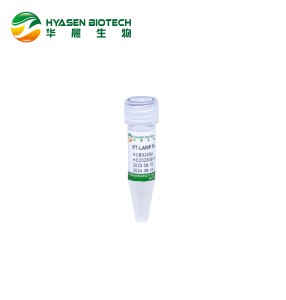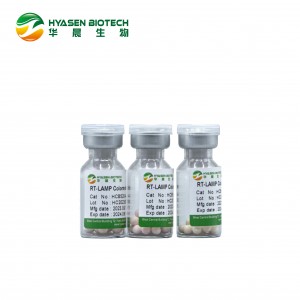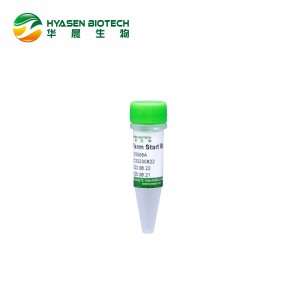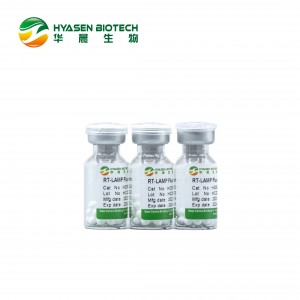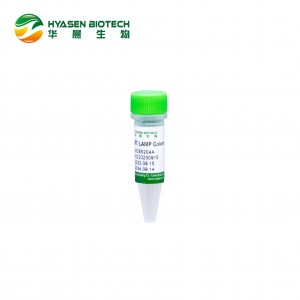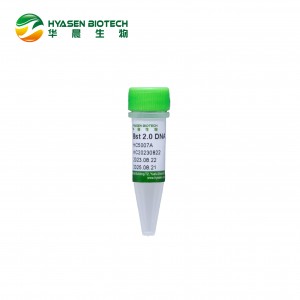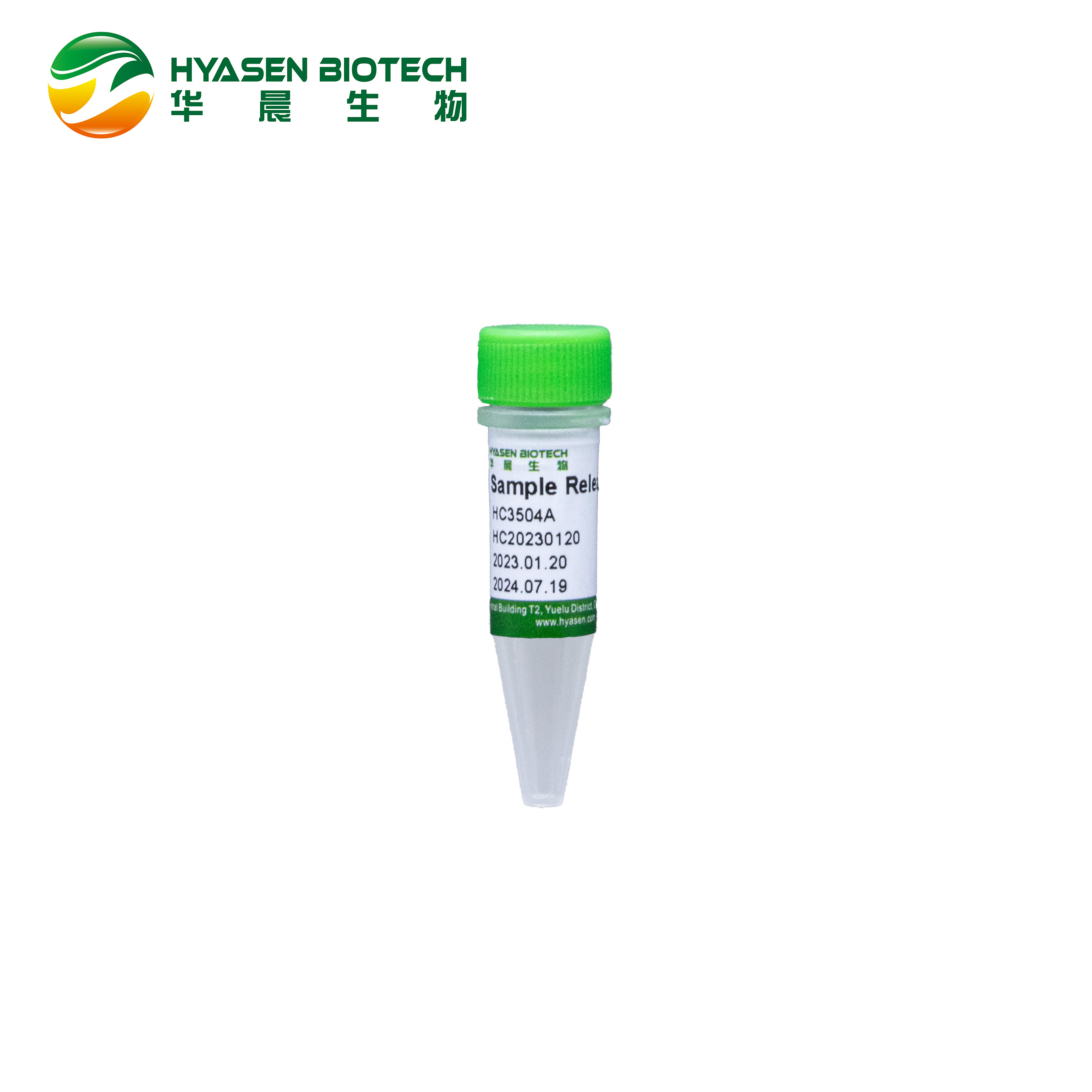
Sample Release Reagent
Sample Release Reagent is for molecular POCT diagnostic scenarios. For the two systems of direct amplification LAMP and direct amplification PCR, there is no need for nucleic acid extraction. The crude lysate of the sample can be directly amplified, the target gene can be accurately detected, the sample detection time can be further shortened, which perfectly matches the application requirements of molecular POCT. It is suitable for nasal swabs, throat swabs and other sample types. The processed samples can be directly used for real-time fluorescence quantitative PCR or LAMP detection, and the same results as conventional extraction methods can be achieved without complicated nucleic acid extraction operations.
Storage Conditions
Transport and store at room temperature.
Quality control
Functional detection – quantitative qPCR: The 800μl Sample Release Reagent system was amplified
with 1000 copies Novel Pseudovirus, one nasal swab sample, resulting similar amplification curves and ΔCt values within ± 0.5 Ct.
Experimental Procedures
1. Take 800 μl Sample Release Reagent and spread the lysis solution into 1.5 mL sampling tube
2. Take the nasal swab or throat swab with the swab;Nasal swab sampling procedure: take the sterile swab and put it into the nostrils, slowly advance to about 1.5 cm deep, gently rotate 4 times against the nasal mucosa for more than 15 seconds, then repeat the same operation on the other nasal cavity with the same swab.Throat swab sampling procedure: take the sterile swab and gently, quickly wipe the pharyngeal tonsils and rear pharyngeal wall 3 times.
3. Place the swab immediately in the sampling tube. The swab head should be rotated and mixed in the storage solution for at least 30 seconds to ensure that the sample is fully eluted in the sampling tube.
4. Incubation at room temperature (20~ 25℃) for 1min, the preparation of lysis buffer is completed.
5. Both 25μl system RT-PCR and RT-LAMP were compatible with 10μl amount of template addition for detection experiments.
Notes
1. The minimum amount of sample direct lysate corresponding to a single swab can be adjusted to 400μl, which can be adjusted according to the testing needs.
2. Once the sample processed by the sample release reagent, it is recommended to conduct the next phase of test as soon as possible, the interval waiting time is preferably less than 1 hour.
3. The pH of the sample lysate is acidic, and the detection system needs to have a certain buffer. It is suitable for most PCR, RT-PCR, and LAMP fluorescence detection with pH buffer, but not suitable for LAMP colorimetric detection without buffer.






